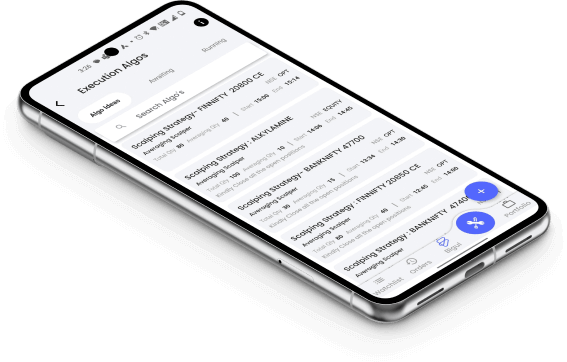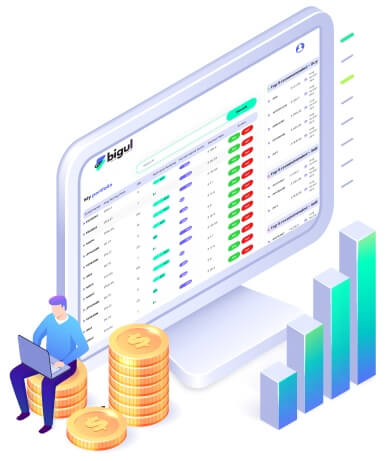In your use of the Put-Call Ratio (PCR), it's essential to be aware of its limitations:
1. Static Snapshot
The put-call ratio, a measure in options trading, provides a static view at a specific moment, lacking real-time updates. It may not capture dynamic changes in market sentiment.
You must supplement it with other indicators for a comprehensive analysis, recognizing its limitations in offering a momentary snapshot rather than continuous, up-to-the-minute insights into market conditions.
2. Absolute Values
The put-call ratio, indicating market sentiment based on options, has limitations. Its absolute values lack precision as extreme readings don't guarantee immediate reversals.
You must interpret ratios relatively and consider historical context for accurate analysis. Relying solely on contrarian signals, such as high ratios indicating bearish sentiment, can be risky, as sentiment may persist.
It's crucial to use the ratio in conjunction with other indicators and not as a standalone measure for making trading decisions.
3. Over Reliance on Contrarian Indicators
When using the put-call ratio, be cautious of relying solely on extreme values as contrarian indicators. High ratios might suggest bearish sentiment, and low ratios could indicate bullish sentiment.
However, these extremes don't guarantee immediate reversals, and market sentiment can persist. It's crucial to consider additional factors and not solely depend on contrarian signals for making trading decisions.
Always analyze the broader market context to avoid potential risks associated with overreliance on extreme put-call ratios.
4. Different Time Frames
Consider the time frame when using the put-call ratio—it affects the signals you get. Short and long-term ratios may show different insights. Think about your trading strategy and decide which time frame aligns with it.
Be aware that signals can vary based on the chosen period, so choose wisely for a more accurate analysis of market sentiment and potential reversals.
5. Equity vs. Index Ratios
When using the put-call ratio, be aware that it can differ based on whether you're looking at options on individual stocks or broad market indices.
This is important because the sentiment and dynamics of individual stocks may not align with those of the overall market.
Consider the specific underlying assets you're analyzing, as the choice between equity and index ratios can impact the accuracy of your market interpretation.
6. Limited to Options Market
Put-call ratio focuses only on options, missing broader market factors. It can overlook stock-related events or economic shifts affecting equities.
While valuable for gauging sentiment within options trading, it doesn't provide a complete market overview.
Remember to consider additional indicators and news beyond options activity for a more comprehensive understanding of market dynamics.















